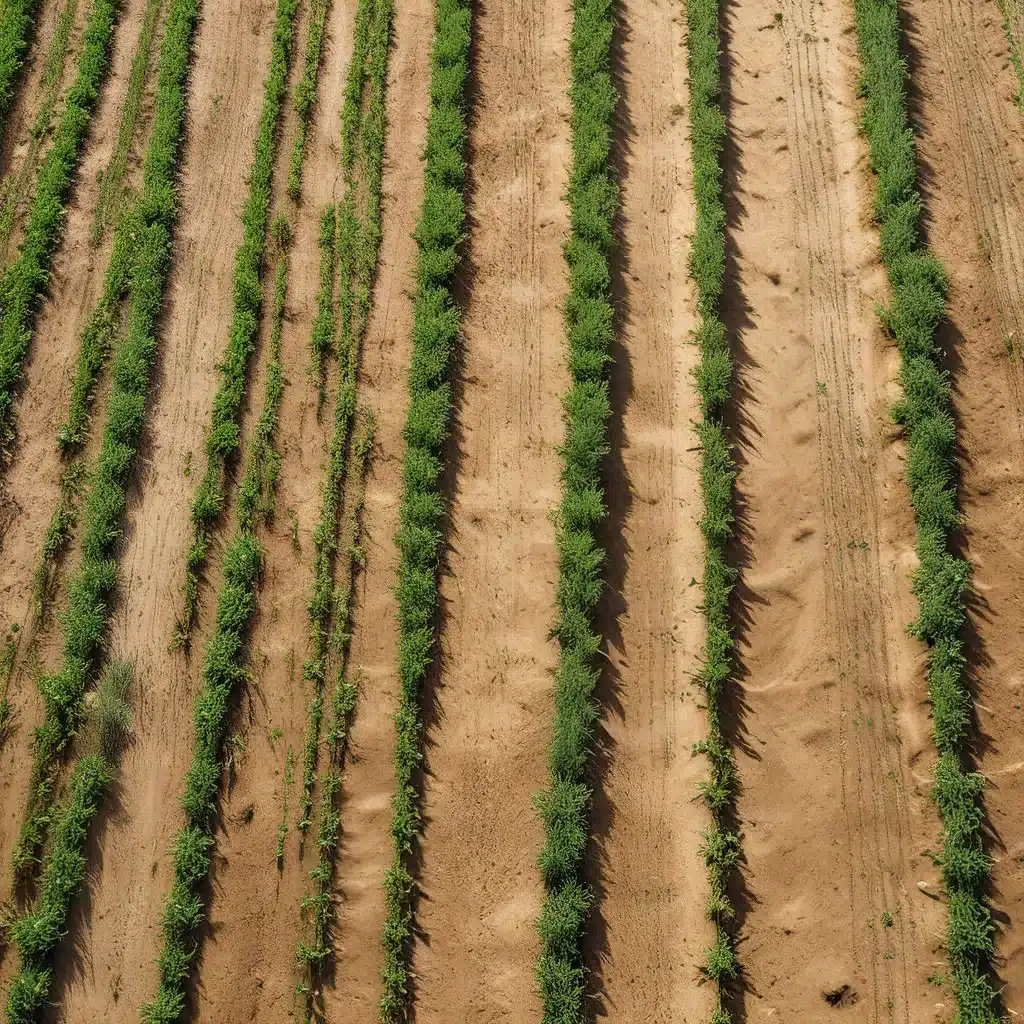
The Rise of Smart Sensor Networks in Precision Agriculture
The world of agriculture is undergoing a transformative shift, driven by the rapid advancements in sensor network technologies and the Internet of Things (IoT). Farmers and agronomists are now leveraging these cutting-edge tools to revolutionize the way they manage their crops and optimize resource utilization.
Sensor networks have emerged as the backbone of this precision agriculture revolution, enabling real-time data collection and adaptive decision-making at the farm level. By deploying a network of strategically placed sensors, growers can now monitor a wide range of environmental factors, such as soil moisture, temperature, and nutrient levels, with unparalleled accuracy and granularity.
One of the most promising applications of sensor networks in agriculture is adaptive precision irrigation. This innovative approach combines sensor-based data, distributed algorithms, and IoT-enabled control systems to optimize water usage and maximize crop yields.
Distributed Algorithms for Adaptive Precision Irrigation
At the heart of adaptive precision irrigation lies the development and implementation of distributed algorithms. These algorithms leverage the power of sensor networks to make real-time, localized decisions about water management, adapting to the specific needs of individual crops and microclimates within a given farm.
The distributed nature of these algorithms is a crucial aspect, as it enables decentralized decision-making and rapid response to changing environmental conditions. Instead of relying on a centralized control system, the sensor nodes communicate with each other, sharing data and collaborating to optimize irrigation schedules and water delivery.
One such distributed algorithm utilizes a reinforcement learning approach, where each sensor node learns from its own experiences and the collective knowledge of the network to continuously refine its water management decisions. This adaptive learning process ensures that the system becomes more efficient over time, minimizing water waste and maximizing crop yields.
Optimizing Water Usage and Crop Yields
The impact of these distributed algorithms on water usage and crop yields is profound. By precisely monitoring soil moisture levels and other environmental factors, the sensor network can identify areas of the field that require more or less water, and dynamically adjust the irrigation system accordingly.
This targeted approach to water delivery reduces water consumption while maintaining optimal growing conditions for the crops. Studies have shown that adaptive precision irrigation can reduce water usage by up to 30% compared to traditional irrigation methods, without compromising crop yields.
Moreover, the data collected by the sensor network can be used to fine-tune other agricultural practices, such as fertilizer application, pest management, and crop rotation. By gaining a deeper understanding of the specific needs of each crop and the unique characteristics of the farm, growers can make more informed decisions that lead to increased yields and improved crop quality.
Ensuring Secure and Energy-Efficient Sensor Networks
As sensor networks become more prevalent in precision agriculture, the security and energy efficiency of these systems have emerged as critical considerations.
Cybersecurity is a paramount concern, as sensor nodes and IoT devices can be vulnerable to cyber threats, such as hacking, data breaches, and malicious interference. Implementing robust encryption protocols, access control mechanisms, and secure communication channels is essential to protect the integrity of the sensor network and the sensitive data it collects.
Additionally, energy management is a crucial factor in the long-term sustainability of sensor networks. Sensor nodes are often deployed in remote or hard-to-reach locations, making it challenging to replace or recharge batteries regularly. Energy-efficient sensor designs, low-power communication protocols, and distributed processing algorithms can help extend the operational lifetime of these systems, ensuring continuous data collection and reliable irrigation control.
The Future of Sensor Networks in Precision Agriculture
As the world continues to grapple with the challenges of population growth, climate change, and resource scarcity, the role of sensor networks and IoT technologies in precision agriculture will only become more critical.
Distributed algorithms for adaptive precision irrigation are just the beginning of a transformative era in the agricultural sector. Advancements in machine learning, edge computing, and 5G connectivity will further enhance the capabilities of sensor networks, enabling real-time decision-making, predictive analytics, and autonomous control of farming operations.
The integration of sensor networks with other emerging technologies, such as drones, satellite imagery, and blockchain, will unlock even greater potential for optimizing resource utilization, improving supply chain traceability, and enhancing farm-to-consumer transparency.
As the sensor-network revolution in precision agriculture continues to unfold, growers, researchers, and policymakers must work together to unlock the full potential of these transformative technologies, ensuring food security, environmental sustainability, and economic prosperity for generations to come.